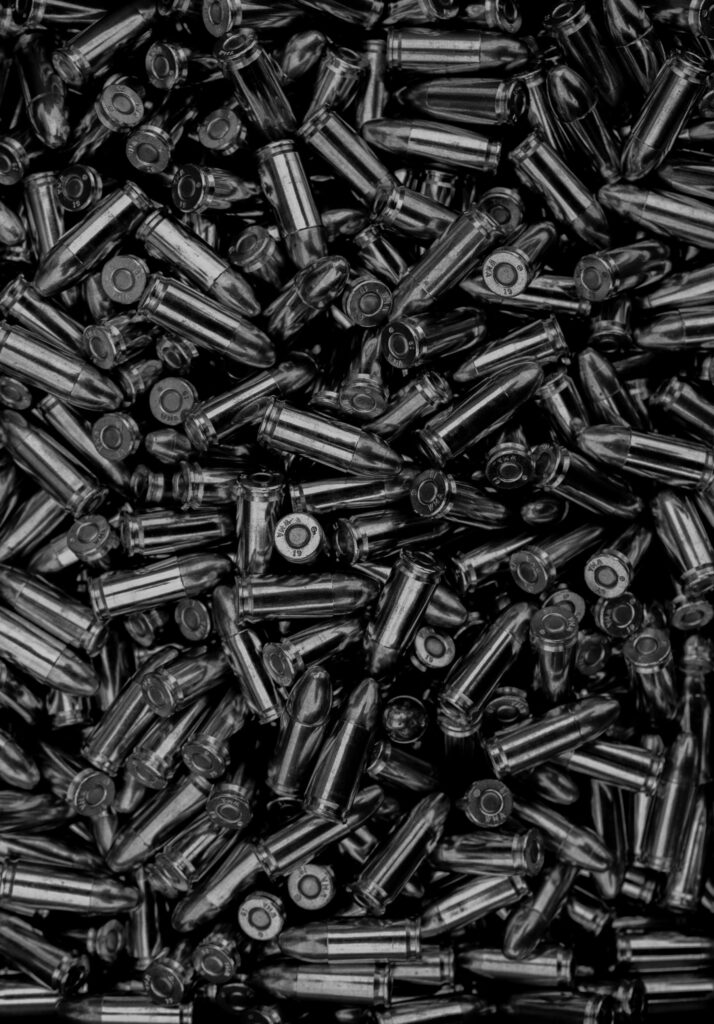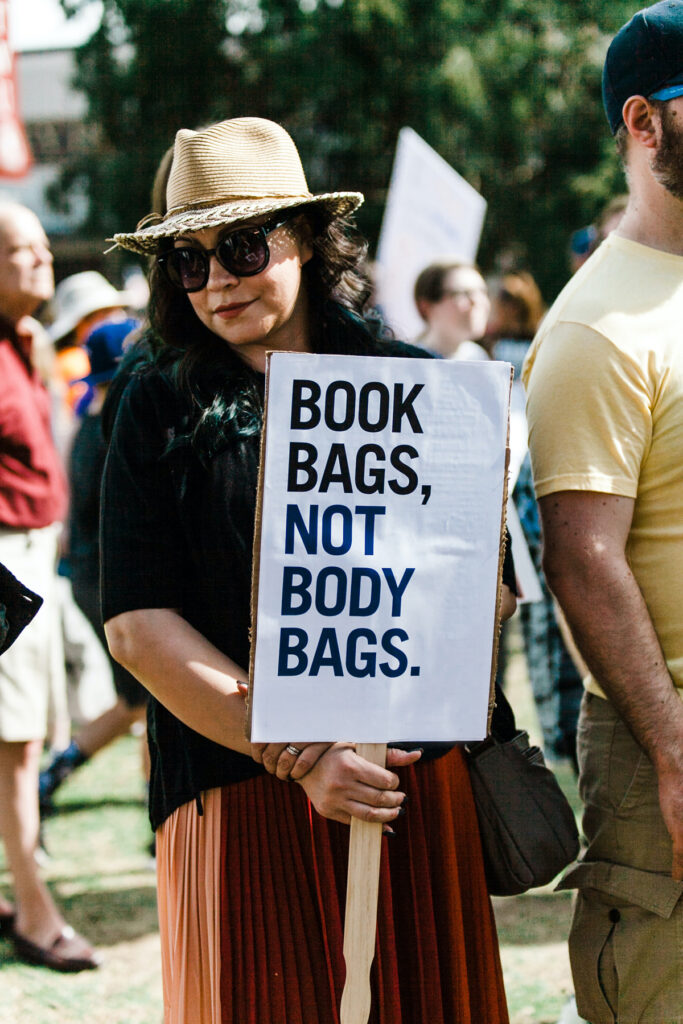The Problem: the Gun Industry Causes Gun Violence in the U.S., and Around the World.
Gun violence is a global problem: over 250,000 people die from civilian gunfire every year throughout the world. But a few countries suffer most of the damage: just six countries suffer over 60% of the world’s gun deaths. And the U.S. gun industry supplies almost all of the guns used in two of the leading gun death countries, Mexico and the United States, and numerous other countries as well.
The U.S. gun industry’s supply of vast numbers of crime guns in the world is no accident; it is a direct result of reckless, intentional conduct by companies who consistently choose to sacrifice public health and safety in order to maximize profit, and weak laws that enable that misconduct.
For over a quarter century the gun industry has known exactly how they are supplying the criminal gun market, and who is supplying it. Over 20 years ago the U.S. Bureau of Alcohol, Tobacco, Firearms and Explosives (“ATF”) published reports showing that almost all crime guns – about 90% – are sold by a small percentage of gun dealers – about 5%.
Public information from the government and other sources also made clear that some of these high-crime gun sellers violate laws; some were even exposed in widely disseminated videotapes showing them knowingly engaging in blatantly illegal sales. ATF made clear that many crime guns are sold in straw sales, where someone is buying a gun for someone else, or in bulk sales to traffickers, or in unregulated “private” sales by unlicensed sellers. And public indictments and news stories have documented examples of gun dealers repeatedly selling dozens of guns to obvious traffickers.
The gun industry has been told to stop supplying these reckless sellers and illegal practices, and they have been told how to do so, by the U.S. government and other experts. The industry has refused. Worse, gun manufacturers continually design guns to maximize lethality, pushing military-style assault weapons and sniper rifles to the general public, and marketing to appeal to criminals. Safety features that would save the lives of children and others are not included by manufacturers, and because guns are uniquely exempt from federal product safety regulation in the U.S., gun companies can get away with disregarding over a century old safety features.
Safe business practices are feasible: in 2000, one major gun manufacturer agreed to implement reforms that would prevent the supply of much of the crime gun market. But that manufacturer reneged on its commitments after threatened boycotts and pressure from the gun lobby, and the industry has continued to deliberately supply any licensed gun dealers to sell guns without reasonable terms or conditions, knowing that many of those sales will be reckless and illegal, and innocent people will die or be injured as a result.
The gun industry not only drives ever-rising gun death totals in the U.S.; it supplies the criminal gun market in Mexico, Canada, the Caribbean, and countries in Latin America and elsewhere. For companies that are only concerned with maximizing profits, supplying the criminal market throughout the world is a feature, not a bug, of their reckless business practices.


